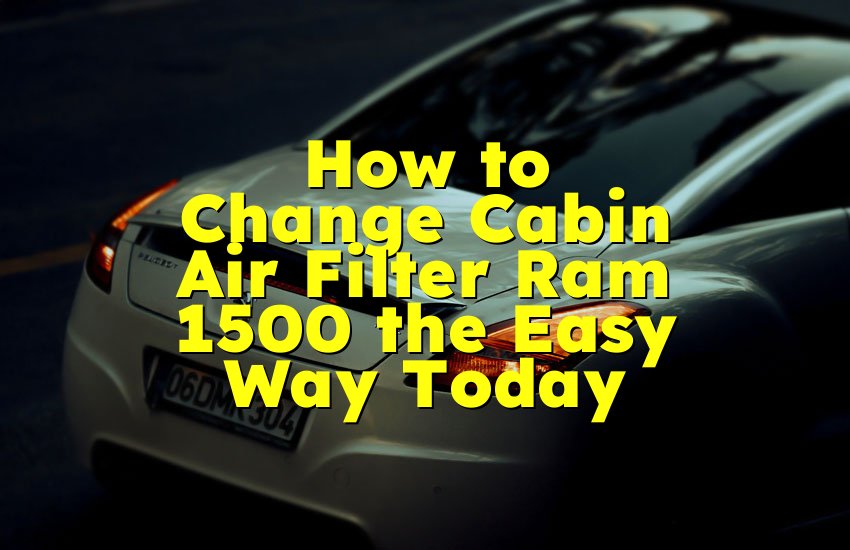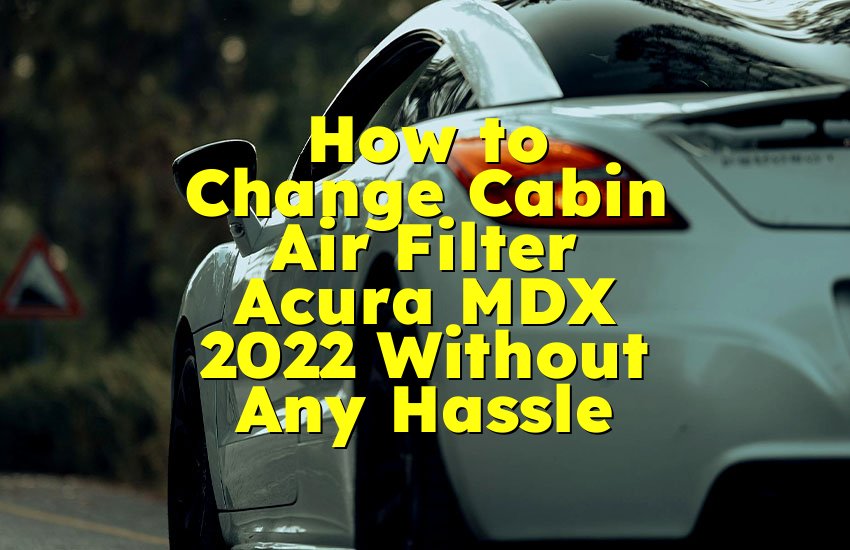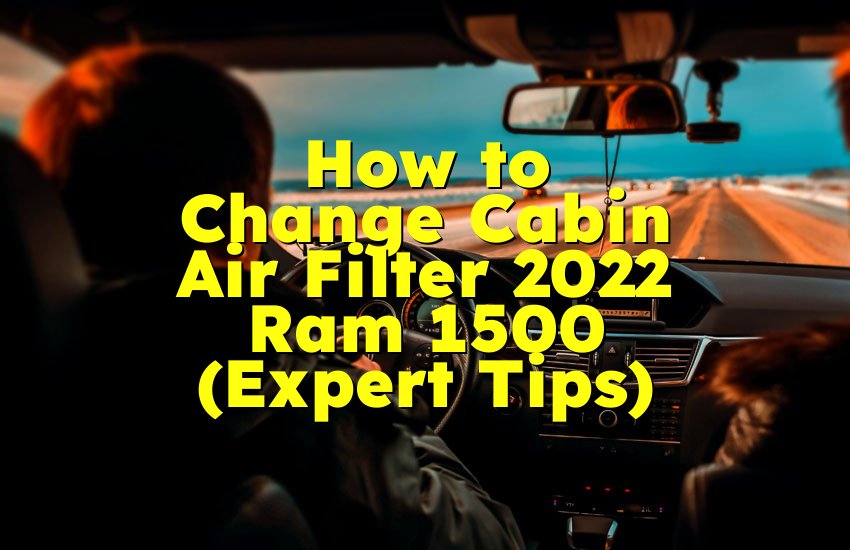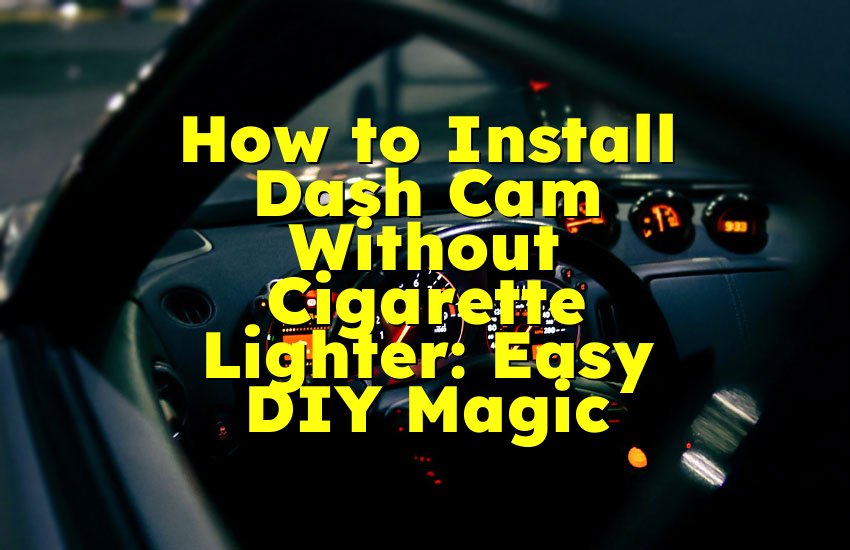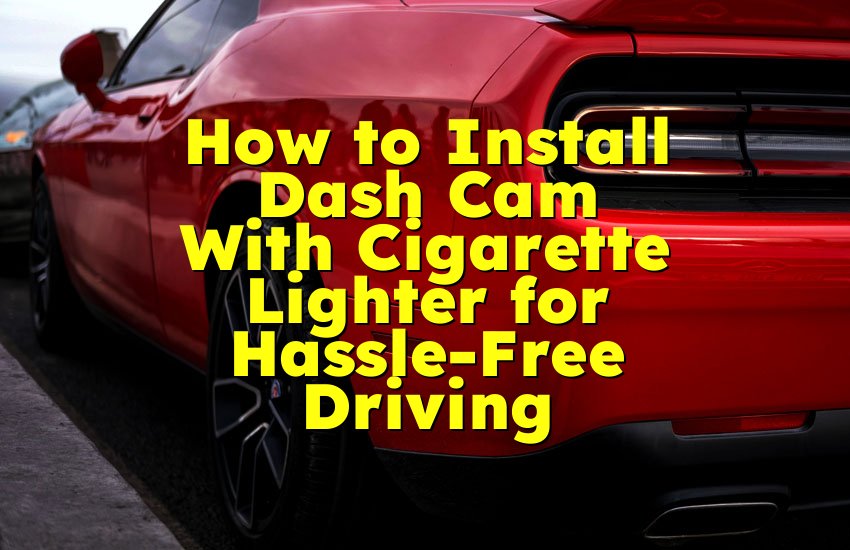As an Amazon Associate, I earn from qualifying purchases at no extra cost to you.
Why is My Car Smoking Under the Hood? Find Out Fast and Fix It
Have you ever opened your car hood and saw smoke rising? It can scare anyone. Usually, smoke shows a problem that needs quick attention. In this article, I will explain why your car is smoking under the hood. You will learn common reasons and simple ways to check and fix the issue. Acting fast can save your car from serious damage.
Engine Overheating Can Cause Smoke
One common reason your car smokes under the hood is engine overheating. This happens when your engine temperature gets too high. Overheating can occur if the coolant level is low or if the radiator is blocked. It can also happen if the water pump stops working or the thermostat is stuck. Smoke from overheating is usually white or gray and often smells sweet or hot.
When the engine overheats, parts can burn slightly, causing visible smoke. It is dangerous to keep driving because the engine may get permanent damage. You should stop your car immediately and check the coolant level. Allow the engine to cool before opening the radiator cap.
Check your radiator and coolant hoses for leaks or cracks. Sometimes, dirt or debris blocks airflow through the radiator, causing the engine to overheat. Cleaning the radiator and replacing old hoses often solves the problem. Also, ensure your coolant mixture is correct. Water alone is not enough; a mix of coolant and water works best.
If the overheating is serious, call a mechanic. Driving with an overheated engine can warp the cylinder head or damage the gasket. Fixing it early is cheaper than repairing major engine damage.
- Smoke may be white or gray
- Check coolant levels and radiator
- Look for leaks in hoses or radiator
- Stop driving if overheating occurs
- Clean debris and use correct coolant mix
Oil Leaks and Burning Oil
Another main cause of smoke under the hood is oil leaks. Oil can drip on hot engine parts and burn, producing blue or gray smoke. Common leak areas are the valve cover gasket, oil pan, or turbo seals. Burning oil often has a sharp, strong smell.
Check the engine for wet or oily spots. Even small leaks can cause smoke over time. If the oil level drops quickly, it is a sign of a serious leak. Driving with low oil can damage the engine fast.
Oil leaks may occur because gaskets wear out or seals break. Older cars are more prone to leaks. Cleaning the engine and then watching where the oil appears helps locate the leak. Some leaks are small and need a professional to fix properly.
Regular oil changes prevent sludge buildup, which can worsen leaks. Using the correct oil type and keeping the oil filter clean also helps. Never ignore smoke caused by oil; it can lead to engine fire in extreme cases.
- Blue or gray smoke shows burning oil
- Check for wet spots or leaks
- Monitor oil level regularly
- Clean engine to locate leaks
- Replace worn gaskets and seals
Coolant Leaks and Steam
Steam from under the hood usually comes from coolant leaks. Coolant is necessary to keep the engine temperature normal. Leaks can occur in the radiator, hoses, water pump, or heater core. If coolant touches hot engine parts, it produces white smoke or steam.
Low coolant levels also cause the engine to overheat quickly. A small crack in a hose can slowly leak coolant. Sometimes leaks are hidden under the car or behind engine parts. Using a pressure test can help find hidden leaks.
Coolant smoke usually has a sweet smell. Never open the radiator when the engine is hot; it can cause burns. Instead, wait until the engine cools and then top up the coolant. Using the correct type of coolant is important.
Fixing a coolant leak early prevents engine overheating and costly repairs. In some cases, the radiator or water pump may need replacement. Maintaining hoses, clamps, and connections also prevents leaks from forming.
- White smoke shows coolant on hot parts
- Check hoses, radiator, and water pump
- Use proper coolant mix
- Wait for engine to cool before opening
- Fix leaks early to avoid damage
Electrical Problems and Burning Wires
Sometimes smoke under the hood comes from electrical problems. Old or damaged wiring can overheat and burn. The smoke is usually dark gray or black and may have a chemical smell. Electrical smoke can start from the battery, alternator, or fuse box.
Check for melted wires, loose connections, or burnt insulation. Electrical fires can start small but become dangerous fast. Disconnect the battery if you see smoke from wires to prevent fire.
Short circuits, poor grounding, or water damage often cause wires to burn. Regular inspection of the wiring harness and battery connections can prevent problems. Avoid DIY fixes if unsure; a certified mechanic can repair electrical issues safely.
Smoke from wires usually happens suddenly. You may notice flickering lights or a failing battery. Acting immediately reduces the risk of fire. Never ignore strange smells under the hood, especially if smoke is present.
- Dark smoke may indicate burning wires
- Check battery and alternator connections
- Inspect wiring for damage
- Disconnect battery if needed
- Call mechanic for safe repair
Brake Fluid or Transmission Leaks
Brake fluid or transmission fluid can also cause smoke under the hood. These fluids are flammable and can burn if they touch hot surfaces. The smoke may be thin and light-colored, but the smell is very strong and sharp.
Check around the master cylinder, brake lines, or transmission pan for leaks. Even a small drop can create smoke. Old seals, worn gaskets, or cracked lines often cause leaks. Regular fluid checks help prevent this issue.
Transmission fluid smoke is usually red or brown. Brake fluid smoke is more clear but has a noticeable smell. Both need immediate attention to avoid fire hazards and vehicle damage. Top up fluids only if leaks are small and safe to do.
Regular maintenance of seals, hoses, and fluid levels prevents leaks. Inspect your car's underside regularly to catch problems early. Leaks may worsen over time, so acting quickly saves money and prevents accidents.
- Smoke may be light-colored with strong smell
- Check brake lines and transmission pan
- Top up fluid if small leak occurs
- Inspect seals and gaskets regularly
- Fix leaks immediately to prevent fire
Engine Mechanical Problems
Finally, internal engine problems can cause smoke under the hood. Worn piston rings, blown head gaskets, or valve issues can make smoke appear. Smoke color varies: white for coolant, blue for oil, and black for fuel problems.
Mechanical smoke often comes from deep inside the engine. It may start gradually and worsen over time. You may notice reduced performance, unusual noises, or fluid loss. Ignoring these signs can cause engine failure.
Regular maintenance, including oil changes, coolant checks, and engine inspections, helps prevent mechanical smoke. If smoke persists after fixing leaks, internal damage may exist. A professional mechanic should perform a thorough check.
Acting early avoids costly repairs or engine replacement. Even small issues can escalate quickly. Diagnosing the exact cause with tools and experience ensures proper repair and restores safe driving.
- Blue, white, or black smoke may show internal issues
- Watch for performance drop or unusual noises
- Check fluids regularly
- Seek mechanic inspection if smoke continues
- Early action prevents engine failure
Final Thoughts
Seeing smoke under your car's hood is never normal. Most cases happen because of overheating, leaks, or engine problems. Acting quickly saves money and keeps you safe. Always check fluids, hoses, and wiring. If unsure, call a mechanic. Regular maintenance helps prevent smoke and keeps your car running smoothly for years.
| Issue | Smoke Color | Common Cause | Quick Action |
|---|---|---|---|
| Overheating | White/Gray | Low coolant, blocked radiator | Stop, cool engine, check coolant |
| Oil Leak | Blue/Gray | Worn gaskets, valve cover | Check level, repair leak |
| Coolant Leak | White | Radiator, hose crack | Top up, fix leak |
| Electrical | Dark | Burnt wires | Disconnect battery, repair |
| Brake/Transmission | Clear/Red/Brown | Fluid leaks | Check lines, top up, fix |
| Engine Mechanical | White/Blue/Black | Head gasket, rings | Mechanic inspection |
Frequently Asked Questions (FAQs)
Is it dangerous to drive when my car is smoking?
Yes, it is dangerous. Smoke usually means overheating, fluid leaks, or electrical issues. Driving can cause engine damage or fire. Stop immediately and check the source. Safety comes first.
Can low coolant cause smoke under the hood?
Yes, low coolant often causes white smoke. Coolant touches hot engine parts, producing steam. Check the radiator and top up coolant. Fix leaks to prevent overheating and engine damage.
Do I need a mechanic for smoke issues?
In many cases, yes. Some problems like internal engine damage or electrical issues require professional tools and experience. A mechanic can diagnose and repair safely.
Is blue smoke always oil related?
Most of the time, yes. Blue smoke comes from burning oil inside the engine. It shows worn piston rings or valve seals. Check oil level and leaks immediately.
Can electrical problems cause smoke without fire?
Yes, wires can burn slowly, producing smoke but no flames at first. Always disconnect the battery and repair damaged wiring to prevent fire.
Do I need to stop driving if I see white smoke?
Yes, especially if it is thick. White smoke may indicate coolant or overheating problems. Stop, let engine cool, and check fluid levels. Driving can cause major engine damage.
Is it normal for old cars to smoke sometimes?
Not really. Old cars are more prone to leaks and worn parts, but smoke indicates a problem. Regular checks prevent major damage and keep driving safe.
Can ignoring smoke damage my car permanently?
Yes, ignoring smoke can cause engine failure, fire, or costly repairs. Even small leaks or overheating become serious if not fixed quickly. Always act fast.



